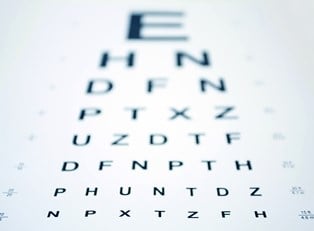Cataracts affect many people as they reach old age, with more than two-thirds of adults suffering from this eye disease by the time they are 75 years old. Although thickening and loss of transparency normally occur in the eyes during later life, it may be possible to prevent cataracts with the right lifestyle changes. These include improvements in diet and visits to an ophthalmologist for check-ups on a regular basis.
Who is at risk?
Adults older than 75 are the group most commonly associated with cataracts. However, adults and even children can also develop this disease due to heredity, birth defects or unidentified causes. People who have undergone eye surgery in the past also have elevated risks of cataracts.
The disease may be more common in patients who have suffered from chronic diseases that affect the eyes, including diabetes. In some cases, medications can cause or contribute to cataract development. Steroidal drugs, such as those used for asthma treatment, are examples of these. Finally, patients who have suffered eye injuries may develop traumatic cataracts months or years later.
What are the common risk factors?
A variety of risk factors for cataracts have been identified. Most importantly, advanced age is known to be a primary risk factor for cataracts. Diabetes, which affects the health of nerves and blood vessels, can also raise the risk. Damage caused by physical trauma or excessive sun exposure has been identified as a risk factor. Previous eye surgery or eye inflammation are associated with elevated cataracts risk. Obesity, smoking, and high blood pressure are other risk factors. Finally, family history is known to influence lifetime risk of developing this eye disease.
How can cataracts be prevented?
You may be able to reduce your risk of cataracts by maintaining a healthy diet and lifestyle. By getting plenty of the nutrients that support eye health, you can boost your level of protection. A high-quality multivitamin supplement with plenty of antioxidants is one safeguard you can use. Lutein and zeaxanthin are two of the most important antioxidants for keeping the eyes healthy in later life. Vitamins A and C are also vital for eye wellness.
Foods, spices, and supplements that support healthy blood flow will also support your cataracts prevention efforts. Bilberry, cayenne, and ginger are three functional foods that support the vascular system, including the veins in the eyes. Finally, consider wearing a hat or sunglasses when you will be outdoors for long periods. Research has shown that either too much or too little of the ultraviolet rays in sunlight may place individuals at higher risk of cataracts.
Conclusion
If you follow the tips listed here, you may be able to reduce your chances of developing cataracts later. However, a variety of treatments are available in case you still suffer from this disease at some point. Cataract removal surgery and lens replacement can be often used to restore eyesight and quality of life when cataracts strike.



